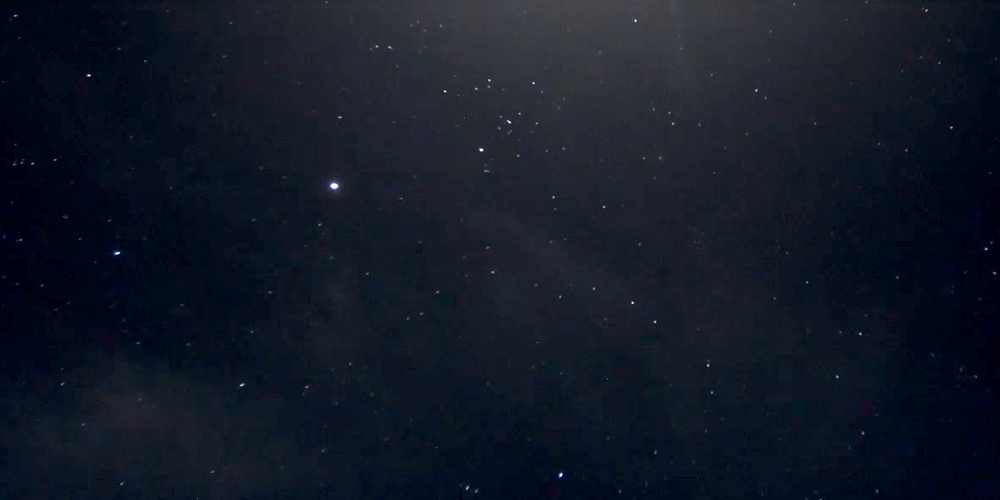
Weaving traditional practices into astronomical naming
Hawaiʻi is the first place in the world to weave traditional indigenous practices into the process of officially naming astronomical discoveries, thanks to a unique educational program called A Hua He Inoa, a collaborative effort by ʻImiloa Astronomy Center of Hawaiʻi at the University of Hawaiʻi at Hilo.
Hawaiian speaking students from throughout Hawaiʻi Island and Maui spent two days immersed in knowledge from ʻōlelo Hawaiʻi experts, education leaders and top research scientists from the state’s astronomical observatories. Students peered into the world of scientific research, learned about the recent discovery of two unusual celestial bodies, ascended the summit of Maunakea and expanded their understanding of the vital relationship, and role, of tradition and culture in modern day science.
“This notion of astronomers working with the local, indigenous community to name discoveries may seem novel to most,” said Kaʻiu Kimura, executive director at ʻImiloa Astronomy Center of Hawaiʻi. “But if the research is in and from this place, that relationship should be acknowledged and honored. A Hua He Inoa is a critical step towards integrating indigenous perspectives and place-based scientific research.”
One great example is the first inter-stellar object to be tracked through our solar system, named ʻOumuamua. Larry Kimura of Ka Haka ʻUla o Keʻelikolani, College of Hawaiian Language at UH Hilo named the object which gained massive media attention worldwide and propelled the use of ʻolelo Hawaiʻi as part of the coverage.
- Read more: An interstellar visitor unmasked, UH News, November 20, 2017
The collaboration across cultural leaders, astronomers and UH Hilo’s student cohort culminated in the selection of Hawaiian names for two major astronomical discoveries. These names will serve as the official names for 2016 HO3 (Kamoʻoalewa)—an asteroid that orbits the Sun like the Earth but in a slightly different orbit, and 2015 BZ509 (Kaʻepaokaʻāwela)—an asteroid near the orbit of Jupiter that moves in an opposite “retrograde” direction.
“I never thought I would be part of giving a heavenly body a Hawaiian name that would be globally recognized,” said Kauakea Helekahi-Kaiwi, a senior at Nāwahīokalaniʻōpuʻu School.
As the A Hua He Inoa program moves forward, ʻImiloa Astronomy Center of Hawaiʻi will work to continue it’s goals of inspiring the community and extending the culture of Hawaiʻi and the immense value of indigenous practices out into the world.
Read the full story and ʻōlelo Hawaiʻi version at ʻImiloa Astronomy Center of Hawaiʻi’s website.
- Related news: Hawaiian-language experts make their mark on the Solar System, Nature, January 11, 2019
